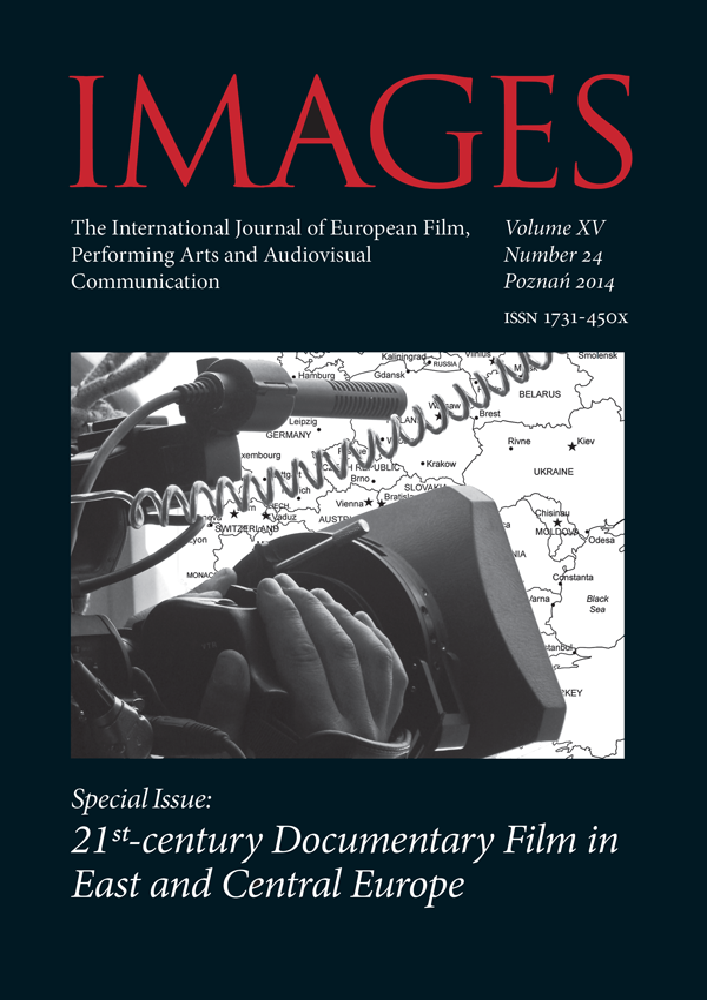Abstrakt
Archival and found footage have been playing an important role in Hungarian cinema since the 1960s. Th is type of material has been present not only in documentaries but also in Hungarian feature and experimental films. After a very short summary of the history of the usage of archival footage in Hungarian cinema, I will discuss two contemporary trends in documentaries: the artistic/experimental use and the entertainment-related/nostalgic use of found footage. At the end of the article, I use Gábor Zsigmond Papp’s documentary fi lm The Life of an Agent as an example of the nostalgic use of archival material in the representation of a still-unresolved Hungarian historical problem: socialist secret agents.Bibliografia
Father (István Szabó, 1966).
Budapest Tales (István Szabó, 1977).
Time Stands Still (Péter Gothár, 1982).
The Disciples (Géza Bereményi, 1985).
Whooping Cough (Péter Gárdos, 1987.
The Midas Touch (Géza Bereményi, 1988).
Utrius (Ferenc Grunwalsky, 1993).
Bolshe Vita (Ibolya Fekete, 1995).
Taking Sides (István Szabó, 2001).
The Unburied Man (Márta Mészáros, 2004).
K. Muhi, “A talált képek vonzásában. Archívok a magy ar fi lmben” [Under the Spell of Found Images. Archival pictures in Hungarian Cinema], Metropolis 1997, Summer, pp. 76–91.
A. Murai, “Emlék-nyom-követés. Az archív felvételek stílusalakzatai” [Memory-Trace-Pursuit. Stylistic Formations of Archival Footage], in: BBS 50. A Balázs Béla Stúdió 50 éve, ed. G. Gelencsér, Budapest, Műcsarnok – Balázs Béla Stúdió, 2009, pp. 115–127.
Cinema’s Alchemist: The Films of Peter Forgacs, eds. B. Nichols, M. Renov, Vis ible Evidence series, no. 25, University of Minnesota Press, 2011.
N. Nedelsky, “Czechoslovakia and the Czech and Slovak Republics,” in: Transitional Justice in Eastern Europe and the Former Soviet Union: Reckoning with the Communist Past, ed. L. Stan, London, Routledge, 2009, pp. 37–75.
P. Nora, Between Memory and History: Les Lieux de Mémoire (trans. Marc Roudebush), Representations (1989), no. 26, pp. 7–25.
P. Nora, Realms of Memory: Rethinking the French Past (trans. A. Goldhammer), Columbia University Press, New York 1996–1998.
A. Huyssen, Present Pasts: Urban Palimpsests and the Politics of Memory, Stanford University Press, 2003.
H. White, The Content of the Form: Narrative Discourse and Historical Representation, Johns Hopkins University Press, Baltimore 1987.
Licencja
Copyright
© 2014 Uniwersytet im. Adama Mickiewicza w Poznaniu
OPEN ACCESS
